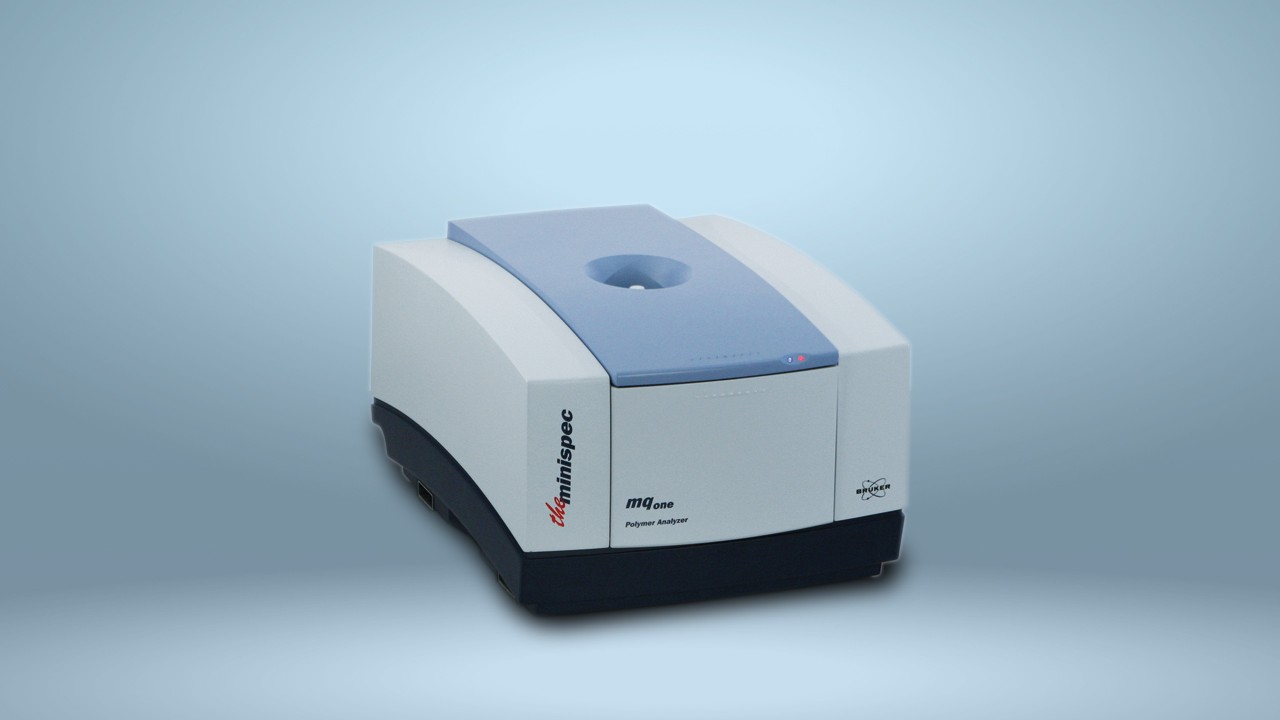NMR Complements Standard Infrared Spectroscopy in the Detection of Cocaine
“2D NMR has the potential to detect the presence of both forms of cocaine in illicit drug samples.”
After dramatic increases in the recreational use of psychoactive substances over recent years, drug addiction has reached epidemic levels across the globe. It has been estimated that more than 1 in 100 people globally are using stimulants, such as cocaine, amphetamines, and ecstasy. Despite being illegal, such drugs are widely trafficked across the world and can result in unpredictable, and violent behavior and severe long-term health issues.
Cocaine is a powerfully addictive stimulant that is derived from the coca plant leaf. Cocaine increases dopamine levels in brain synapses causing euphoria, mental alertness, and paranoia. It also stimulates the brain’s reward circuit, making it highly addictive. As the brain adapts to persistently high dopamine concentrations, users increase the doses they consume to continue getting the same high and avoid withdrawal symptoms.
Cocaine is the second most-trafficked illegal substance and there are concerted efforts to reduce its availability. However, to prosecute those supplying it, the presence of cocaine in the substances being provided must be positively confirmed. This has proved a considerable challenge to toxicologists due to the tremendous variability in the composition of illegally produced cocaine. Cocaine sold on the street is often mixed with a variety of additional excipients, including sugars, starch, flour, caffeine, and other drugs, such as amphetamine and fentanyl.
Testing for cocaine content has traditionally relied on chromatographic methodologies, such as high-performance liquid chromatography and capillary electrophoresis in conjunction with mass spectrometry. More recently, nuclear magnetic resonance (NMR) spectroscopy is being increasingly used for the detection of illicit drugs. NMR has the advantages that it requires no compound specific reference standards for quantification, only minimal sample preparation, and can simultaneously identify multiple constituents without the need for the separation.
The resolution of NMR in the analysis of complex mixtures can be enhanced using multidimensional NMR to reduce the effects of signal overlap and resonance shifts due to variations in the chemical environment. Diffusion ordered spectroscopy (DOSY) NMR that identifies constituents according to their hydrodynamic radius has proved useful in the detection of heroin and maximum quantum (MaxQ) NMR achieves high resolution without the need for complex interpretation procedures. MaxQ NMR spectroscopy is a 2D NMR experiment, which correlates single-quantum coherences with higher quantum orders.
The relative efficacies of DOSY and MaxQ NMR methodologies have recently been compared in the detection of cocaine in illicit drug samples. The seized samples seizures were analyzed by the DOSY and MaxQ NMR using a Bruker Avance III-600 MHz spectrometer equipped with a triple resonance high-resolution probe. The acquired NMR datasets were processed using the in-built TOPSPIN 3.2 software. To provide a reference, the samples were also analyzed by gas chromatography combined with mass spectroscopy and ATR-infrared spectroscopy.
The two main forms of cocaine, freebase cocaine, and cocaine hydrochloride, were both easily identified using the two different NMR techniques. Cocaine was positively identified in the illicit drug samples despite the presence of multiple adulterants. However, MaxQ NMR out-performed DOSY NMR in the clarity of the distinction between the many different components in a complex mixture. In addition, MaxQ NMR enabled easier assignment of each molecular fragment, and thus compound identifications, compared with DOSY NMR in the most complex mixtures.
With cocaine identification being achieved in less than 3 minutes, 2D-MaxQ NMR represents a promising methodology for the rapid detection of cocaine in complex mixtures. Although the effects of the intermolecular interactions of the numerous sample constituents were apparent, they did not interfere with the quality of the detection of cocaine.
As a conclusion, only NMR is capable of unambiguously identifying and quantifying unknown substances such as cocaine. In alignment with Bruker’s vision of interconnected forensic laboratories using floor standing AVANCE NEO NMR spectrometers at scientific hubs and benchtop spectrometers at local laboratories, law enforcement authorities can be enabled to effectively fight these threats. The extraordinary synergies in using the very same industry standard NMR software TOPSPIN on both classes of NMR spectrometers opens the door to remotely exchanged data, experience, and knowledge. The application of NMR is further decomplexified by the usage of the configurable push-button, non-expert software interface GO-SCAN on Bruker’s benchtop models. This unique feature creates a distributed laboratory topology enabling NMR anywhere. Bruker cooperates in this sense with leading law enforcement authorities worldwide to protect populations by breaking this trend.
Reference:
Zawilska JB. Int Rev Neurobiol. 2015;120:273-300. doi:10.1016/bs.irn.2015.02.009


